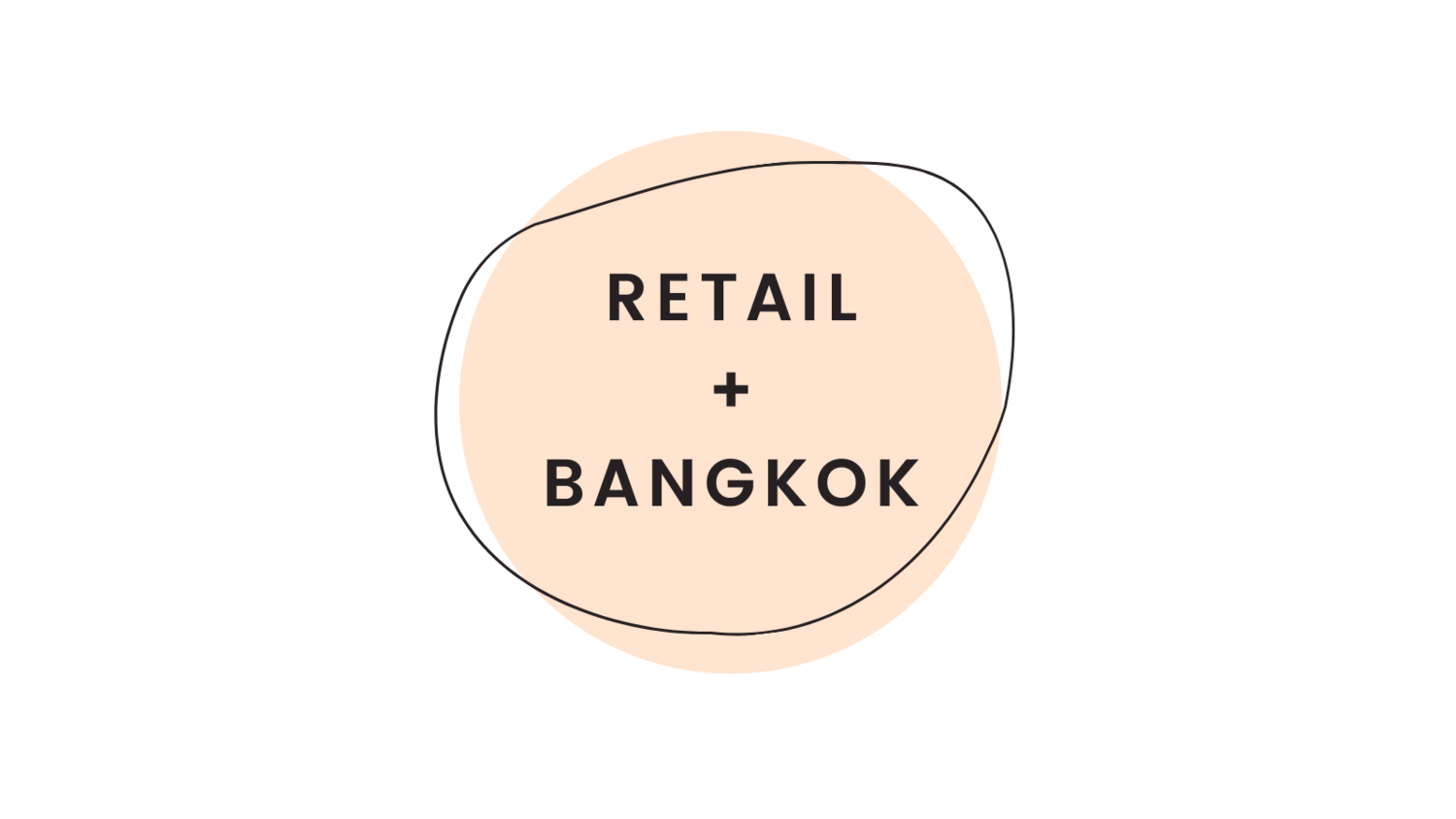The Fashion Face-Off: Second-Hand Chic vs Fast Fashion in Thailand
Once upon a time in the bustling streets of Thailand, there was a fashion showdown that had everyone talking. On one side, there was Fast Fashion, the flamboyant superstar, always up-to-date with the latest trends and constantly dishing out new styles faster than you can say "crop top." On the other side, there was Second-Hand Clothing, the eco-conscious crusader, promoting sustainability and telling everyone that vintage is back.
Fast Fashion, with its flashy designs and shiny storefronts, was like the flashy pop star who'd release a new album every week. It attracted fashionistas from all corners of the country with its promise of affordable, ever-evolving styles. Shoppers couldn't resist the temptation of buying an entire wardrobe for the price of a single meal at a fancy restaurant.
Meanwhile, Second-Hand Clothing, with its quaint thrift shops and boho vibes, was the crunchy granola type, preaching the gospel of "reduce, reuse, recycle." It wooed shoppers with the allure of unique, one-of-a-kind finds and the satisfaction of being kind to the planet. Who could resist the charm of a pre-loved denim jacket that had seen more adventures than you could count?
As the battle raged on, Fast Fashion threw glittering sales events like extravagant concerts, luring in hordes of shoppers with discounts that made their hearts race faster than a K-Pop concert. "New is always better!" they chanted, their shopping bags overflowing with neon-colored leggings and slogan t-shirts.
Second-Hand Clothing, on the other hand, rallied its troops with eco-warrior slogans and the promise of "vintage treasures." They organized thrift shop crawls and fashion swap parties, where hipsters and environmentally conscious souls gathered to exchange stories and, well, clothes. "Save the planet, one outfit at a time!" they cheered, sporting tie-dye dresses and ironic, oversized glasses.
But this fashion feud was not just about clothes; it was a battle of principles. Fast Fashion argued that it was the embodiment of change and innovation. "We keep up with the times, literally!" they proclaimed, holding up holographic, self-lacing sneakers that practically screamed "the future."
Second-Hand Clothing countered with arguments about waste reduction and ethical consumption. "We're the OG recyclers," they said, donning vintage band t-shirts and handmade jewelry. "Your wardrobe is basically a landfill!"
As the showdown raged on, the shoppers of Thailand found themselves torn between the two sides. Some would sneak into Fast Fashion stores for a quick fix of trendiness, then slink off to Second-Hand Clothing shops to appease their eco-guilt. It was like trying to choose between Pad Thai and Green Curry – why not both?
In the end, Thailand's fashionistas realized that there was room for both Fast Fashion and Second-Hand Clothing in their lives. Fast Fashion could satisfy their need for the latest trends, while Second-Hand Clothing offered them a guilt-free way to express their individuality. The two sides, despite their differences, decided to coexist peacefully, much like Tom Yum Soup's spicy and sour flavors.
And so, the Battle of Fast Fashion and Second-Hand Clothing in Thailand became a legendary tale of fashion, sustainability, and individual choice. Shoppers learned that they could indulge in the glittering aisles of fast fashion while also embracing the charm of vintage, all while doing their part for the planet. It was a win-win, and Thailand's fashion scene flourished in a harmonious blend of old and new, like a perfect fusion of street food flavours.




